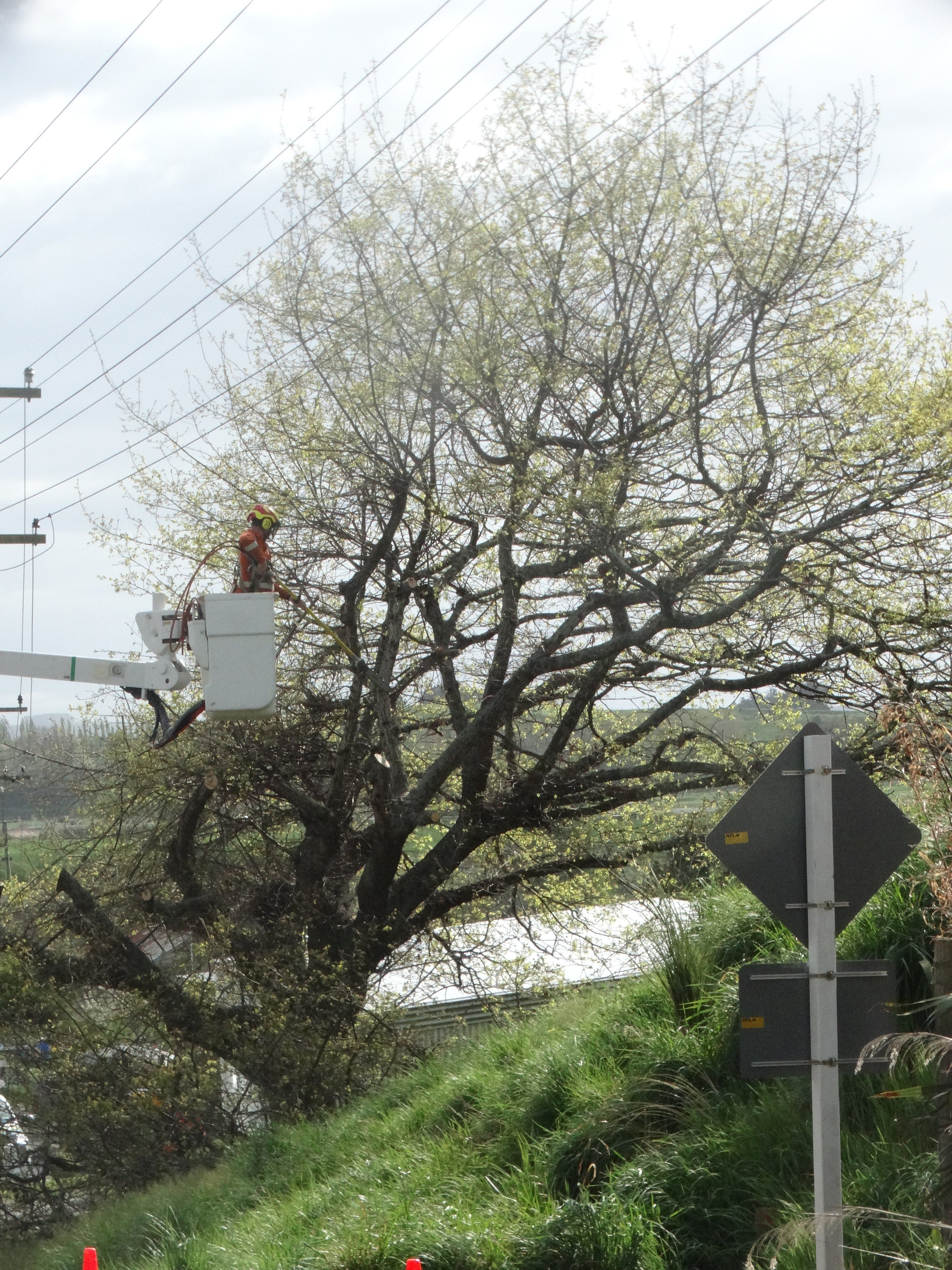
A Maheno resident, upset about the felling of a North Otago Memorial Oak tree in Bridge St, contacted the Oamaru Mail on Monday saying she was "disappointed" that the tree was coming down, after all it was there long before the power lines.
She also said there had been no direct communication with residents about the work.
The North Otago Memorial Oaks are living memorials to those from North Otago who died during World War 1.
A Waitaki District Council spokesperson said in conjunction with the Memorial Oaks Committee, permission was given for this tree to be removed due to being underneath powerlines. ‘Replacement trees would be planted along Kakanui Valley Rd, and a discussion had been had with the family of the soldier the tree commemorated.
"The removal and replacement of a Memorial Oak is a rare event, but with the changes in infrastructure and expansion of the Waitaki District’s townships over the last 106 years, occasionally there are issues with a mature tree," the spokesperson said.
Four hundred oak trees were planted in North Otago in 1919, each for a fallen soldier.
All around the district, oak trees can be found with a small white cross at their base that bears the name, rank and death details of the soldiers.
Originally, trees were planted around Oamaru and wider in a star formation that reached down to Shag Point, inland to Livingstone, up the Waitaki Valley to Kurow and north, to the Waitaki River bridge. Where possible they were planted near the home of the soldier they commemorated.
About 200 trees still survive in what is still thought to be New Zealand’s largest war memorial.
Under each oak is a plain white concrete cross marked with the serviceman’s name and date and place of death.
October 12 marked the anniversary of the failed 1917 attack on Bellevue Spur at Passchendaele, which saw 1200 New Zealand soldiers from II ANZAC Corps killed on the same day.











